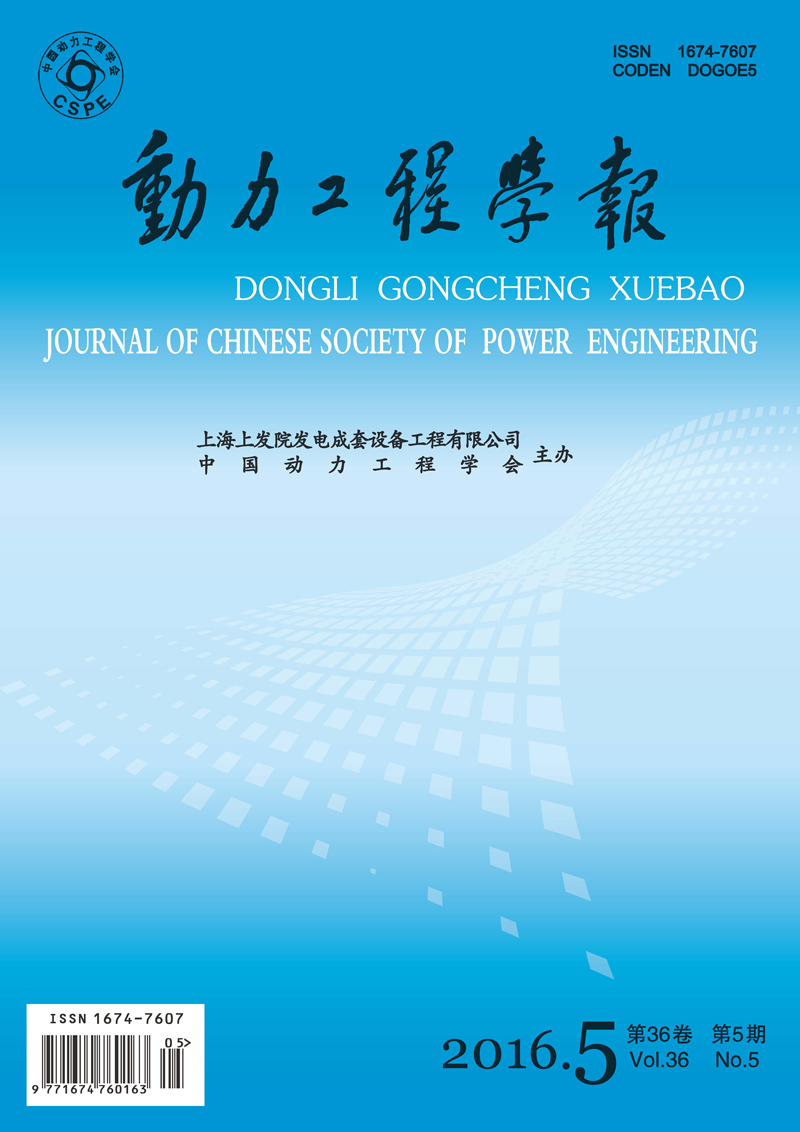LI Jianqiang, WANG Anming, PAN Wenkai, CHEN Xingxu, ZHAO Kai
2016, 36(5): 337-342,403.
To satisfy the low-NOx combustion adjustment requirement of a 300 MW unit, a soft measurement model of secondary air and a clustering model of oxygen content in the flue gas were built up based on the NOx formation rules and data analysis method by filtering the data in original database of the power plant to reduce the number of operating parameters, after which various parameters in the simplified database were optimized using Aprior algorithm improved with particle swarm optimization, so as to achieve the reduction of NOx emission. Results show that all the optimized parameters are in accordance with the combustion adjustment test, such as the oxygen content in flue gas, combination mode of coal mills, and opening degree of both the secondary air damper and SOFA air damper, etc., indicating that the NOx concentration can be effectively reduced at the inlet of SCR facility on the premise of ensuring the thermal efficiency of boiler.
